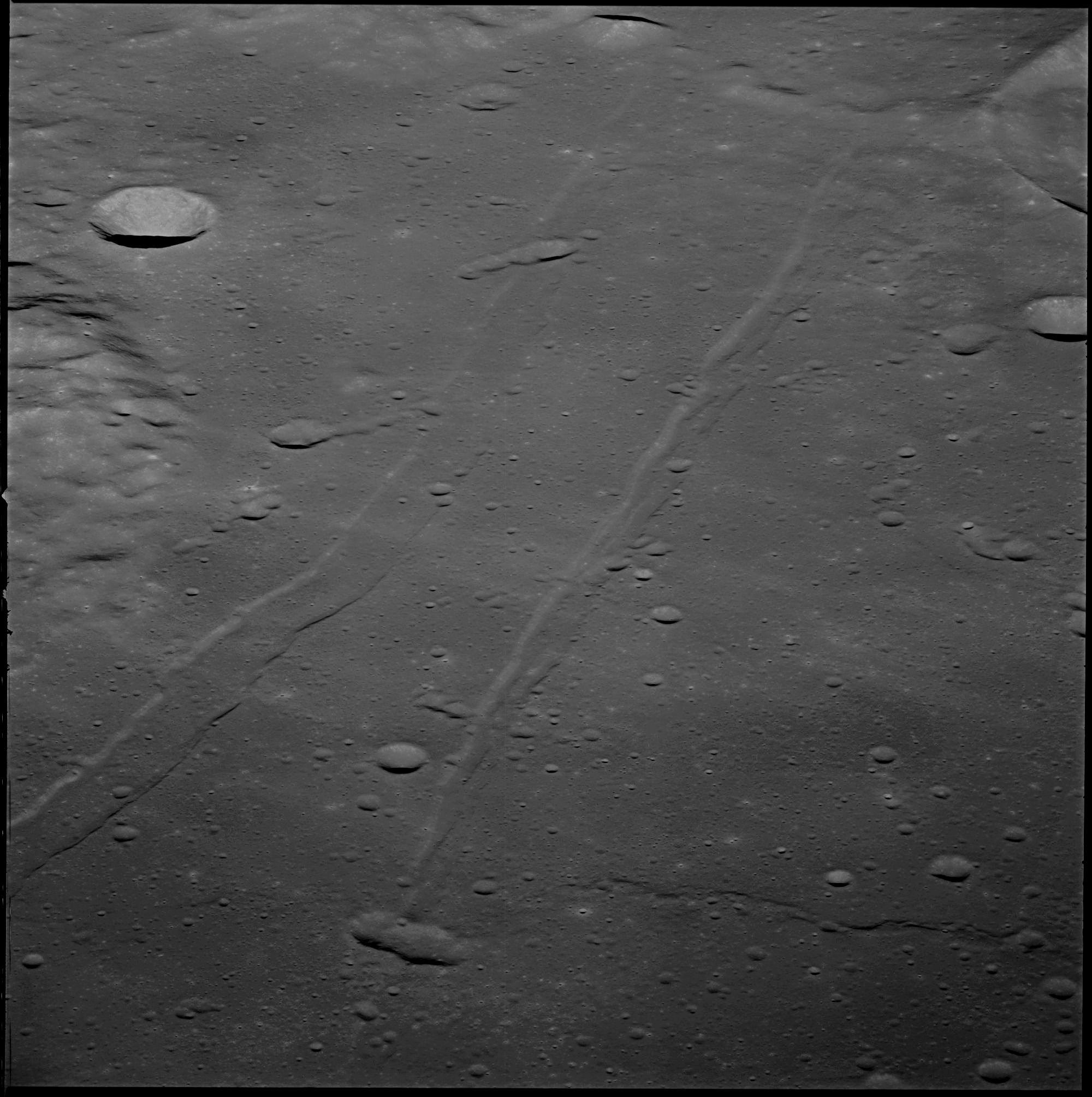Hypatia (crater) on:
[Wikipedia]
[Google]
[Amazon]
 Hypatia is a
Hypatia is a 
 Hypatia is a
Hypatia is a lunar
Lunar most commonly means "of or relating to the Moon".
Lunar may also refer to:
Arts and entertainment
* ''Lunar'' (series), a series of video games
* "Lunar" (song), by David Guetta
* "Lunar", a song by Priestess from the 2009 album ''Prior t ...
impact crater along the northwest edge of Sinus Asperitatis
Sinus Asperitatis (Latin ''sinus asperitātis'' "Bay of Roughness") is an area of lunar mare that extends southward from the Mare Tranquillitatis until it joins the Mare Nectaris to the southeast. It is bordered along the western and eastern sid ...
, a bay on the southwest edge of Mare Tranquillitatis. It was named after Egyptian mathematician Hypatia of Alexandria
Hypatia, Koine pronunciation (born 350–370; died 415 AD) was a neoplatonist philosopher, astronomer, and mathematician, who lived in Alexandria, Egypt, then part of the Eastern Roman Empire. She was a prominent thinker in Alexandria where ...
. The nearest crater with an eponym
An eponym is a person, a place, or a thing after whom or which someone or something is, or is believed to be, named. The adjectives which are derived from the word eponym include ''eponymous'' and ''eponymic''.
Usage of the word
The term ''epon ...
is Alfraganus
Abū al-ʿAbbās Aḥmad ibn Muḥammad ibn Kathīr al-Farghānī ( ar, أبو العبّاس أحمد بن محمد بن كثير الفرغاني 798/800/805–870), also known as Alfraganus in the West, was an astronomer in the Abbasid court ...
to the west-southwest. However, farther to the south-southeast, across the lunar mare, is the prominent crater Theophilus.
Hypatia is an asymmetrical formation with a rugged, irregular outer rim cut through in several places by narrow clefts. It is generally longer along an axis running to the north-northwest, with the widest outward bulge occurring on the west side at the northern end. It resembles a merger of several crater formations with a common interior floor. Attached to the exterior rim along the southwest is the satellite crater Hypatia A, a more symmetrical, bowl-shaped crater.

Rimae Hypatia
About 70 kilometers to the north of Hypatia is a system of linear rilles designated Rimae Hypatia, running about 180 kilometers across the Mare Tranquillitatis, and generally following a course to the south-southeast. The part of the rilles close to the crater Moltke was informally called ''U.S. Highway 1'' by the Apollo 10 andApollo 11
Apollo 11 (July 16–24, 1969) was the American spaceflight that first landed humans on the Moon. Commander Neil Armstrong and lunar module pilot Buzz Aldrin landed the Apollo Lunar Module ''Eagle'' on July 20, 1969, at 20:17 UTC, an ...
crews.
Satellite craters
By convention, these features are identified on lunar maps by placing the letter on the side of the crater midpoint closest to Hypatia.References
* * * * * * * * * * * {{Commons category Impact craters on the Moon